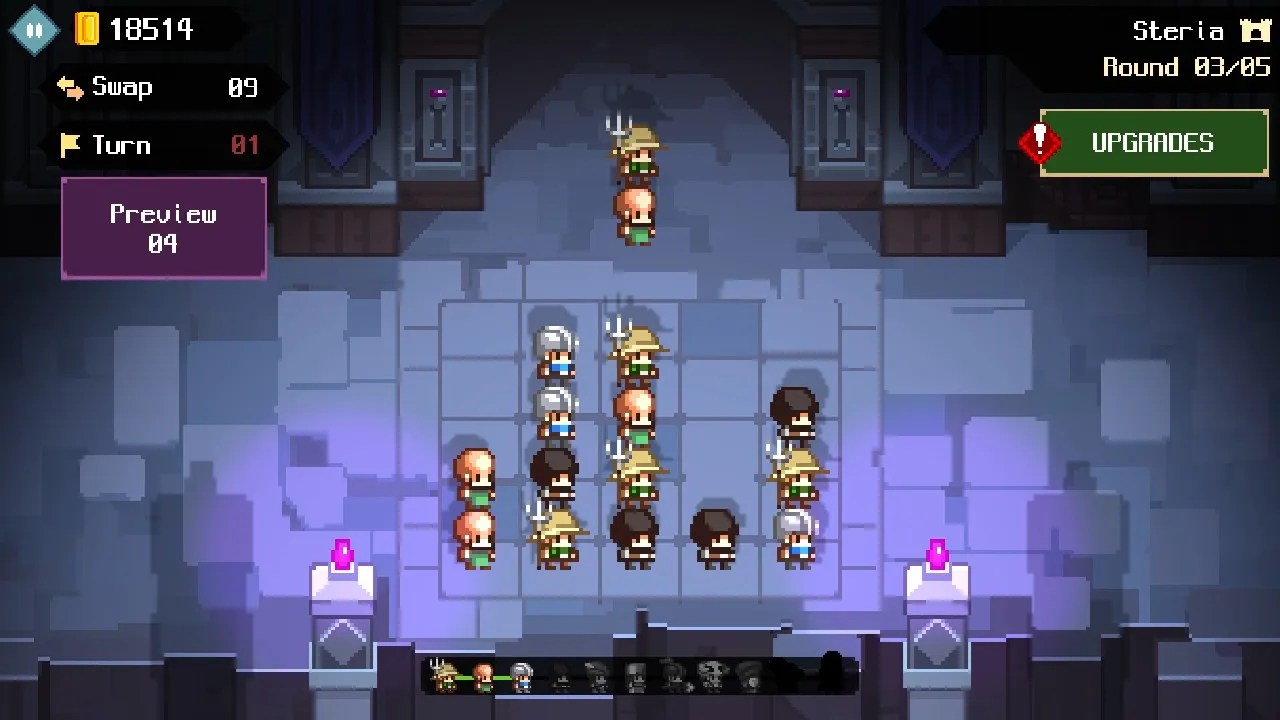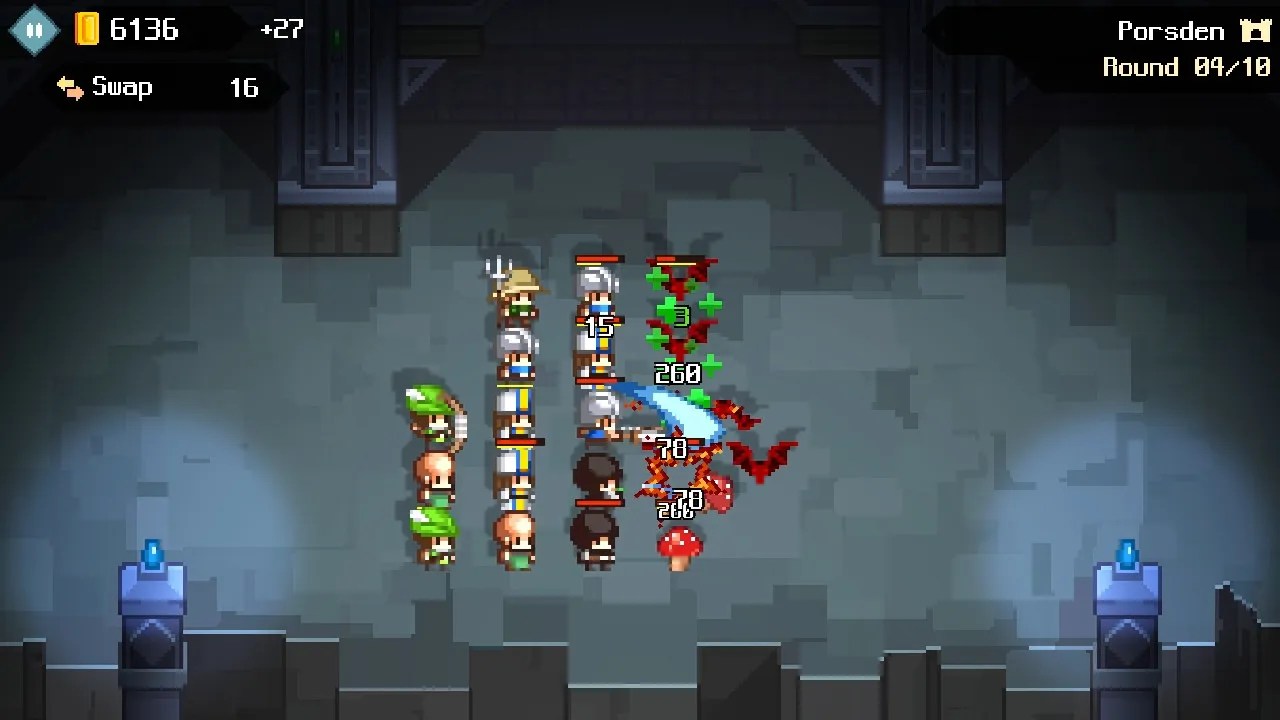Magic Cube, a small indie game developer based in South Korea, has recently released a new game calledMerge & Blade, which has been noted for its unique combination of puzzles, strategic elements, and autobattler gameplay. InMerge & Blade, players merge units on a grid to form stronger units and battle against enemies in fantasy combat. The game has been dubbed “PuyoChess” and “TetrisRPG” by fans,highlighting its hybrid nature.
The CEO and game designer of Magic Cube, SangSuk Ha, explained that the game was inspired by his love forblock games likeTetris,Hexa, andPuyo Puyo. He wanted to create a game that combined puzzle, action, and strategy elements in one cohesive experience. The result isMerge & Blade, a game that flows seamlessly from puzzles to combat and vice versa.

RELATED:Resident Evil 4 Remake: 7 Hardest Puzzles In The Game
Merge & Blade is Puzzle Game at the Core
Merge & Blademay have combat elements and there’s a story that Ha is expanding, but it is stillprimarily a puzzle game. The merging of units follows a similar logic toMatch 3games, but with the added twist of changing the units' power levels and how they interact with enemies and friendly units. The placement of the units is done pre-battle in aTetris-like drop where they essentially fall from the top until they hit another unit. Merging happens in a typicalMatch 3-like fashion when at least 3 units touch each other either horizontally or vertically.
Ha explains that the puzzles inMerge & Bladeare the same puzzles he created for a mobile game calledONES. He wanted to createan intuitive game using numbers, and many people enjoyed the rules of that game. WithMerge & Blade, he took the merging concept to a new level by introducing the idea of making blocks upgradeable and adding fantasy combat to the mix. According to Ha, it was surprising how much the fans enjoyed the fantasy theme, which might have been a large part of the game’s early popularity.

“It’s very important to make a good game, but if you don’t play it, you don’t even realize you made it. I think a compelling theme is what makes a well-made game playable.”
While puzzles are a crucial part ofMerge & Blade, Ha mentioned that they become less important as the game progresses. The game’s five-by-five grid of units is restrictive, and intentionally so, which retains thecomplexity to a reasonable leveleven for non-puzzle-minded players. However, the challenge doesn’t end there, as strategic unit merging, combining multiple units at once, and using combos are essential for building high-ranked units quickly.
Units in Merge & Blade
Unliketraditional puzzle games,Merge & Bladefeatures units with unique abilities and strengths. The game has a total of 11 basic units that start with the peasant, a weak unit, that is followed by the blacksmith, which can stun enemies with a hammer. Combat units include footmen, which can attack diagonally; archers, which can attack from a distance; and priests, which provide healing. As the game progresses, players need to be strategic in how they position their units and attack enemies. For instance, orcs have shields, making them less vulnerable to frontal attacks, so attacking diagonally becomes crucial.
“We introduced the concept of merging and making blocks upgradeable. We also felt that it would be too repetitive if progression was based solely on attack and defense stats, so we needed something new and different.”
Ha noted that the combat strategies become more important as the game goes on. Players need to think about who they put where to verify to havea balanced party with a variety of classes. Once the battle starts the units will be pushed to the right side to combat the enemies, so choosing a spot for a unit can be important even when merging is not an option. Upgrades allow more unit swapping in the battle and thus make not only the battle but later merging easier, but Ha said that the game is possible to beat even without upgrades.
Merge & Bladeis now available for PC and Xbox.